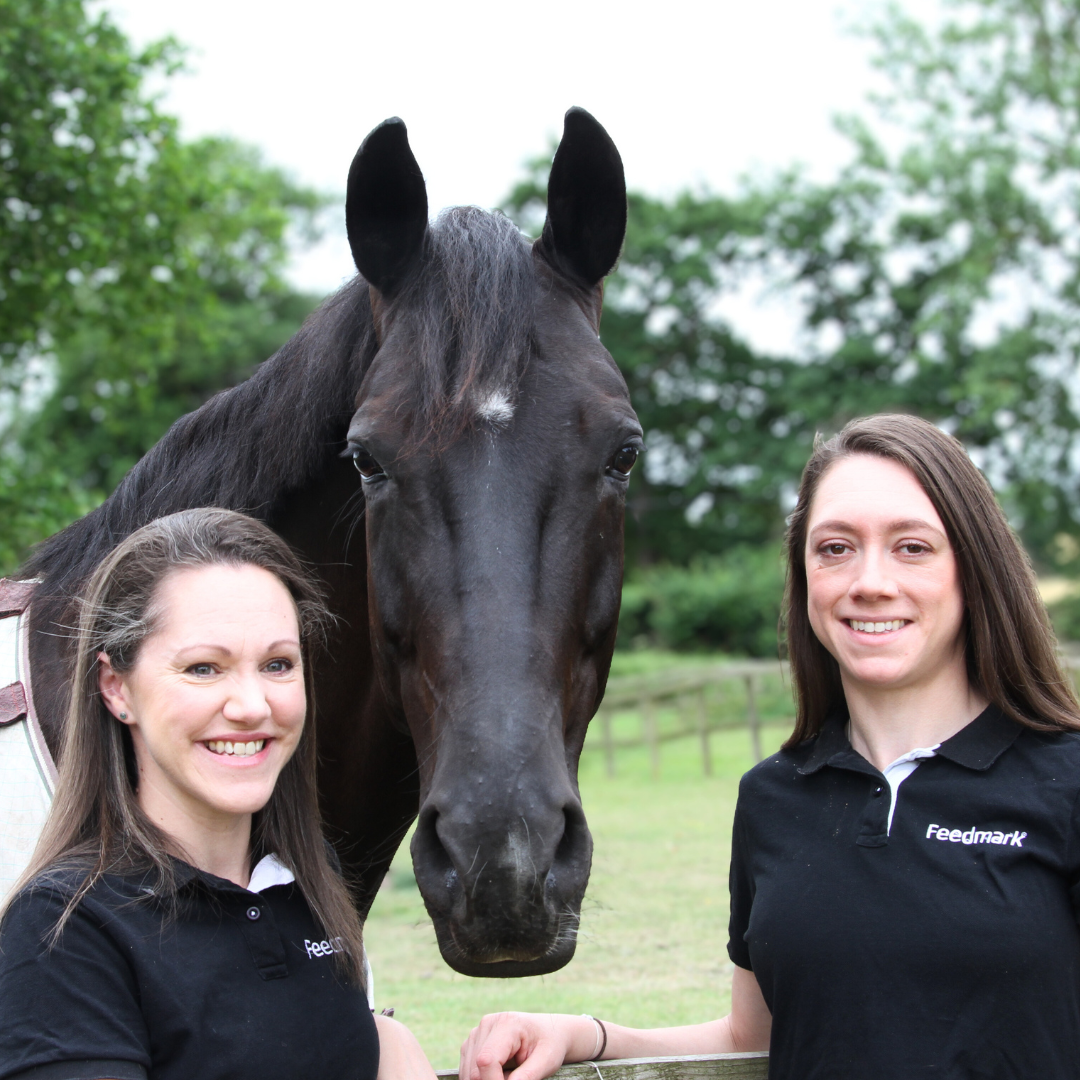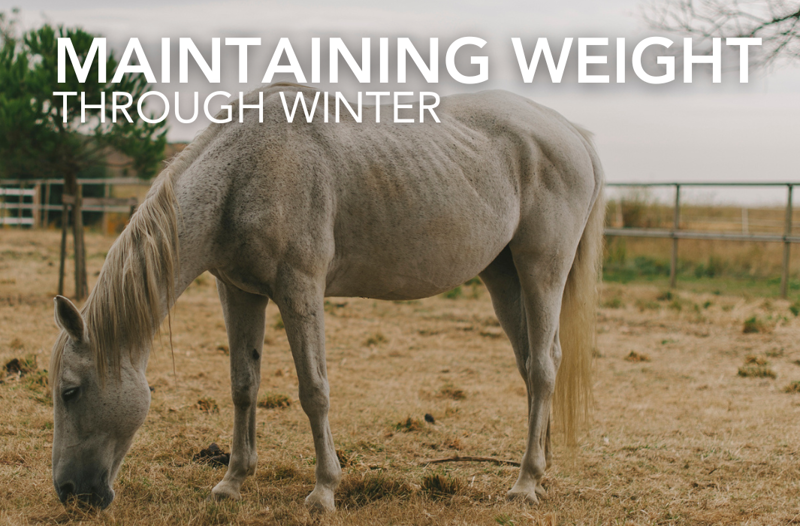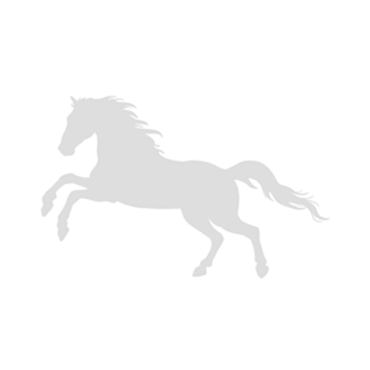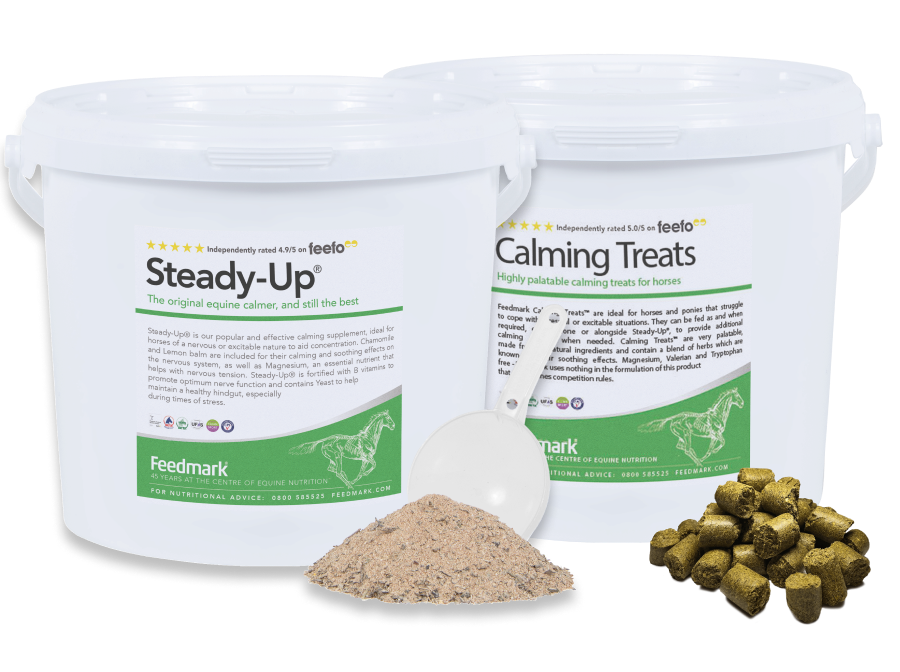While owners of overweight horses may look forward to winter to help their horses shed a few surplus kilograms, owners of poor doers are likely to find it a challenging time of year when it comes to keeping weight on their horses.
The lower energy availability from grass, often combined with less turnout time, can have a significant impact on the total caloric content of a horse’s diet. Lower temperatures also mean a horse will use fat stores to produce energy to maintain core temperature, so the combination of lower calorie intake with higher expenditure can create a sizeable energy deficit which will be reflected in body condition unless those calories are obtained elsewhere.
However, as sudden weight loss can also be a sign of other issues.
-
Poor teeth mean that chewing, which is the first phase of digestion, can’t happen properly so the horse will not be able to extract the full nutritional value of forage being consumed.
-
Parasites such as worms can reduce nutrient absorption through using the available nutrients themselves and compromising the health of the gastro-intestinal tract, reducing absorption of nutrients and energy.
-
Several different diseases can cause weight loss as a symptom.
-
Chronic pain can easily result in a lack of condition, inability to gain muscle or general failure to thrive.
It is important to rule out and rectify any of these issues with your vet, equine dentist and / or physiotherapist before assuming any loss of condition is solely due to seasonal changes. Once it has been established that the horse is well, nutritional intake and management can both play a role in helping keep weight on a poor doer or older horse.
With winter weight loss, the first port of call should always be to ensure the horse is eating enough forage. This serves two functions; firstly, it’s a source of energy, and secondly, the digestion of fibre in the hind gut produces heat so the horse is less reliant on using body fat stores to generate heat and keep their core temperature stable. When providing ad lib forage it is still important to weigh the amount you’re giving, and then weigh any that is left over at the end of the period they are stabled, so that you can verify the horse is meeting the requirement of consuming 2% of it’s bodyweight in a 24 hour period (bearing in mind that grass while turned out will also contribute to that intake total).
Older horses or those with poor dentition may consume an adequate quantity of forage, but if they aren’t able to chew it properly, they may not derive the full benefit. Free faecal water, loose droppings, or stalky pieces of hay in droppings can all indicate a horse isn’t able to adequately chew their forage. In this case, finding an alternative such as a softer grass chop or forage replacer will be easier to chew and therefore increase energy intake and absorption.
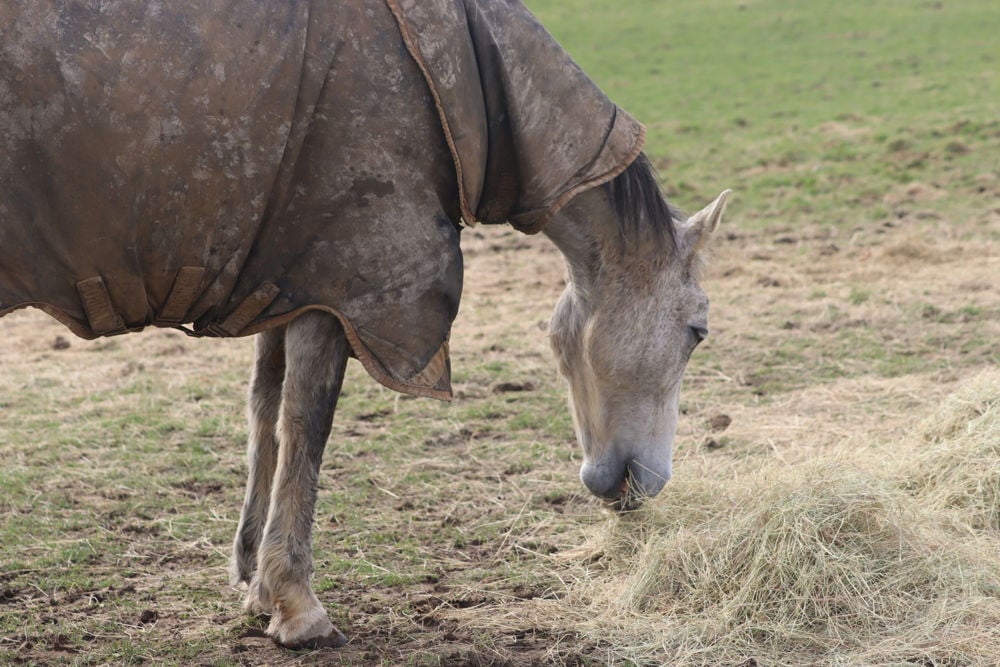
Further increasing energy intake through super fibre feeds such as sugarbeet can also be a great, gut-healthy way to add more energy to a horse’s diet without risking excess fizz or hot behaviour. Feeding this alongside a broad-spectrum vitamin and mineral supplement will ensure these vital nutrients are being supplied in a consistent quantity, even when the energy provided by the feed needs to increase or decrease.
Another top tip for feeding poor doers, many of whom are likely to turn their noses up at a large bucket of feed, is to think about increasing the energy density of the feed rather than increasing the volume. Linseed oil, micronised linseed, copra and rice bran are all very high in energy, which means only a small amount needs to be fed to drastically increase the number of calories in the bowl. When adding anything new it is important to do so very gradually, particularly with high oil feeds such as those listed. Depending on the quantities of these being fed, it may be necessary to slightly increase the Vitamin E provided through the diet, or check that calcium has been added to balance the calcium : phosphorous ratio. If you are in any doubt, please do feel free to contact one of our nutritionists.
Giving smaller, more energy dense feeds also means the horse is more likely to absorb the maximum amount of nutrition from each meal. Horses have small stomachs relative to their size, so if they consume a large amount of hard feed in one go, some of that feed will be pushed through to the small intestine without having been sufficiently broken down. The nutrients contained in that feed won’t be as available for absorption further down the digestive tract. By splitting the same amount of hard feed into smaller meals, the horse will derive greater benefit from the same total quantity of feed.
Stable management can also play a role in helping a poor doer maintain weight through winter.
-
Rugs – The less energy a horse has to use to keep warm, the better he will maintain his bodyweight.
-
Shelter – For horses who live out, providing shelter out of wind and rain can help them maintain a stable body temperature more easily.
-
Clipping – Avoid over-clipping a poor doer – While clipping enough to prevent them getting excessively hot and sweaty during exercise would still be encouraged, try to choose the minimum amount of clipping to accomplish that. Perhaps a blanket or trace clip instead of a full clip would suffice.
-
Exercise sheets – On days when your horse is working, but not hard enough to sweat, using an exercise sheet can prevent them losing too much heat.
Summary
‘Fibre first’ is a good rule of thumb when feeding a poor doer. Ensuring a good intake of forage, and finding a suitable replacement for those who are reluctant or can’t manage enough forage, would be the first priority. Providing bucket feeds to top-up any energy deficit can often be accomplished with super fibres such as sugarbeet. Added oil and energy dense feed additions further increase the calories provided in each feed, without over-facing the horse with a too-large quantity in each meal.

